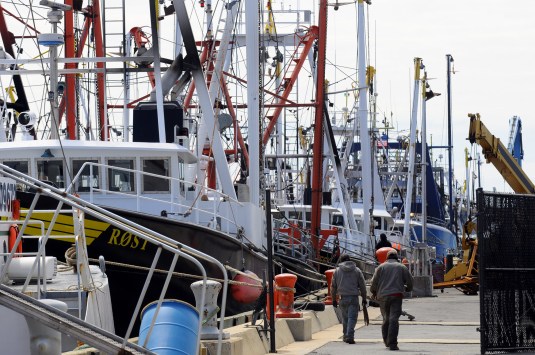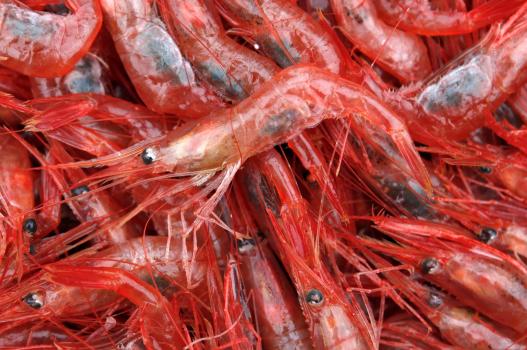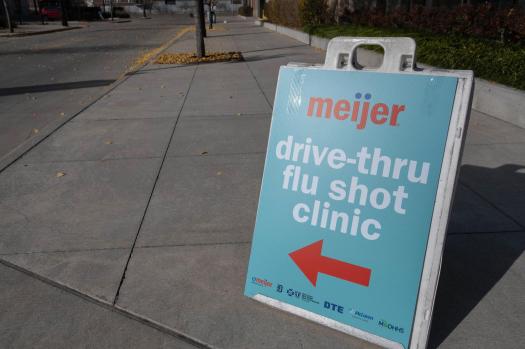In contrast to nearby waters experiencing a decrease in catchable biomass, Massachusetts fisherman are seeking to remove red tape that has prevented them from entering a region of the ocean that is thriving with scallops.
Since 1994, access to 171 square miles on the northeastern part of Georges Bank, which borders Canadian seas, has been restricted by the New England Fishery Management Council, a regional council created by federal legislation.
Because of its significance for Atlantic herring, juvenile Atlantic cod, and lobster, fishery managers have designated the Northern Edge as a habitat area of particular concern. However, scallopers contend that it is long overdue that they go to the high seas to care for their livelihood in the area.
Tony Alvarez, a native of New Bedford, does not understand the reasoning behind the shutdown that has lasted for decades. Over the years, the second-generation fisherman, who began fishing in the 1970s, claims to have killed a lot of spawning cod fish.
“I can tell you where they most definitely don’t spawn, the Northern Edge,” he added, “and I know where they spawn.” Every time I bring it up to a scientist, they give me a sidelong glance.
Speaking at a Senate Committee on Post Audit and Oversight meeting at the State House on Wednesday, Alvarez discussed the condition of the Massachusetts sea scallop fishery, federal rules that affect the sector, and the economic effect of scalloping.
Officials say sea scalloping has a huge effect on the Massachusetts economy.
According to Division of Marine Fisheries Director Daniel McKiernan, sea scallops account for at least half of the value of seafood produced in the Bay State, which is the top producer on the East Coast. He went on to say that the ports of New Bedford and Fairhaven serve as the hub for commercial landings and seafood processing in the area.
However, during the last few years, the value of scallop landings has decreased, falling to $260 million in 2024—a 40% decrease from 2021, when highs topped $500 million, according to McKiernan.
According to him, 2021 was undoubtedly the well-known year following the COVID-19 pandemic, during which the cost of seafood for all purposes hit all-time highs. For the time being, the industry’s profits are being supported by the extremely high vessel and retail market prices.
Voting members began considering a rotating program on the Northern Edge in 2022, and conversations and action continued in 2023 and the first part of last year, according to Cate O. Keefe, executive director of the New England Fishery Management Council.
However, in April 2024, the council decided to stop the action, according to O Keefe, who cited the challenge of choosing the right location and time of year as well as the possibility that opening the region may compromise the scallops’ long-term maximum output.
Large recruitment events drove a rise in sea scallop abundance between 2023 and 2024, according to the executive director, who does not have a vote on the council. However, according to O Keefe, half of the total biomass of scallops is too small to be caught by a commercial dredge.
With 7.4 million scallops landed in 2024, Georges Bank accounted for around 80% of all landings. This is in contrast to the Mid-Atlantic, which saw only 3.7 million scallops last year.
The committee that convened Wednesday’s hearing is chaired by Sen. Mark Montigny, a Democrat from New Bedford, who described how he has occasionally attended council meetings in the past and acknowledged the procedures that members must follow.
“I find it astounding that this has remained closed for decades,” Montigny remarked.
A petition filed by the Fisheries Survival Fund to restore access to the Northern Edge for scallop fishing has been chosen for evaluation by the Department of Commerce. The war is a national deregulatory priority in the eyes of the federal government.
According to Montigny, I would have preferred it not to be Donald Trump’s politics. It would have been amazing to witness a typical scientific procedure being carried out years or even decades ago. People like me might back down if the science says no, but I didn’t see any of that.
In response to Montigny’s remarks, O. Keefe asked, “Has the council disregarded it for a long time?” Yes, but they made an effort to address it recently. The action was eventually discontinued due to the second factor, which may have been too many competing interests over what people anticipated from the Northern Edge.
According to a combination of official surveys, scallop numbers in the Northern Edge have increased from an estimated 11 million pounds in 2017 to 27 million pounds last year, while populations in places that are available to fishing have decreased, as reported by the New Bedford Light last year.
The reopening of the Northern Edge is an urgent chance to assist the economy and fleet, according to Drew Minkiewicz, an attorney with the Sustainable Scallop Fund, a nonprofit that advocates for sustainable practices in the scallop sector.
He claimed that a cautious and selective reopening of this area may safeguard long-term resource health by distributing fishing effort, create substantial landings for New Bedford, and give the fleet much-needed reprieve.












